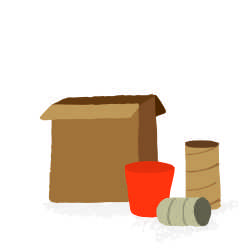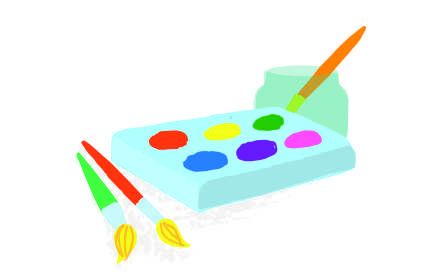
Cast your mind back to when you were young and you are likely to remember running out of nursery and presenting your mum or dad with a ‘treasure’ you had lovingly created from random worthless objects, ranging from cardboard tubes to cereal boxes and yoghurt pots.
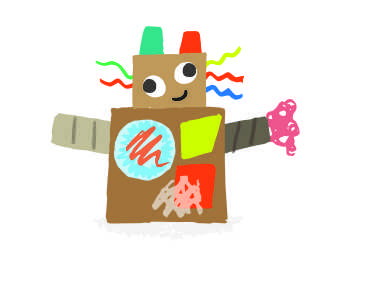
WHAT IS INVOLVED
Constructing with recycled materials has been a staple nursery activity for decades, and the majority of early years settings continue to offer junk modelling. There is likely to be an area in the nursery where a range of tantalising materials are available for your child to experiment with.
Don’t be surprised if staff ask you to donate unwanted materials from home to be used for junk modelling. As they say, one person’s junk is another person’s treasure, so anything goes as long as it is clean and has no sharp edges.
Traditional objects such as boxes, egg cartons, plastic milk bottles and toilet rolls – yes, the Health and Safety Executive says these are safe to use – are all good, but you can also donate more unusual items. You could take in bubble wrap, scraps of fabric and ‘loose parts’ such as corks, unwanted keys and shells. The joy of junk modelling is that the materials are free or inexpensive and ‘open-ended’, so your child can bend the tubes, chop up the pots and, with the addition of some fixing materials such as Sellotape, glue or clay, they can transform the materials into whatever they choose and then paint or decorate them.
BENEFITS
Junk modelling benefits children in many ways. For example, they can:
- use their imagination while developing their design skills and creativity
- develop their self-confidence as they are enabled to explore materials and how to use them
- develop their problem-solving skills and resilience as they build their junk models and use trial and error to make their model stand upright or fix materials together successfully
- get hands-on and learn about the properties of materials, such as the flexibility or toughness of plastic, fabric, cardboard and wood
- become inventors and ‘engineers’, exploring materials and their properties – for example, deciding whether a material is strong or bendy enough and fit for purpose
- develop their gross and fine motor skills, which helps them to manipulate tools better and supports the development of early writing skills
- communicate and work as a team as they ask a friend to hold a yoghurt pot in position while the glue dries or ask for advice.
Nursery practitioners often report that children become deeply absorbed as they concentrate on their junk modelling. It also introduces them to the ethos of recycling – rather than throwing away used objects, they can be repurposed and transformed into something unique.
SUPPORTING YOUR CHILD
- Be warned, junk modelling should be all about the process, rather than the end product, so be ready for your child to proudly give you something that is likely to be unrecognisable.
- It is good for children to work independently on their own creations and be allowed to let their imagination run wild, rather than practitioners constraining them to use particular resources in a set way. There is little benefit in your child being instructed to make a box robot identical to their friend’s.
- Your child is likely to want to talk enthusiastically about their junk model because they will probably have put a lot of thought into making it. Show an interest in their construction and ask questions to find out why they chose the materials and how they combined them.
- Allow your child to continue modifying their model at home if they’d like to, or gather unwanted materials for them to work on other junk-modelling projects. Provide scissors and fixing materials and then sit back and allow them to be creative.
- Show that you value your child’s work by displaying it in your home, but sometimes it’s just not possible to keep all your child’s creations. Consider photographing them before they are quietly put into the recycling bin.
- Rather than thinking of it as ‘just’ junk modelling, remember it is sowing the seeds for STEAM – science, technology, engineering, art and mathematics.
Resource ideas: Books
Not a Box by Antoinette Portis 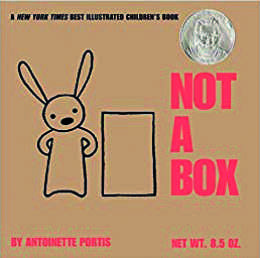
A box is just a box…unless it’s not a box. From mountain to rocket ship, a rabbit shows that a box will go as far as the imagination allows.
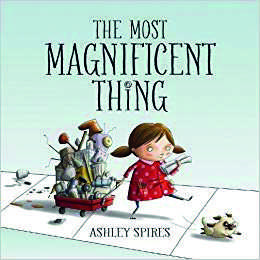 The Most Magnificent Thing by Ashley Spires
The Most Magnificent Thing by Ashley Spires
Making a magnificent thing is anything but easy. The girl tries repeatedly, fails and gets angry, then her dog helps her return to her project with renewed enthusiasm.
What Do You Do With An Idea? by Kobi Yamada 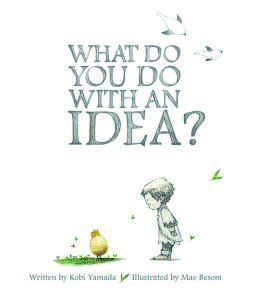
The story of one brilliant idea and the child who helps bring it into the world. As the child’s confidence grows, so does the idea itself until, one day, something amazing happens.
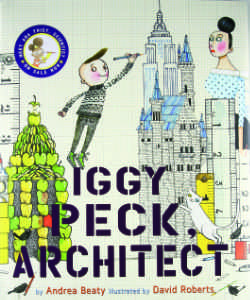 Iggy Peck, Architect by Andrea Beaty and David Roberts
Iggy Peck, Architect by Andrea Beaty and David Roberts
Iggy’s passion is building and he will use any materials – even dirty nappies to build a tower!
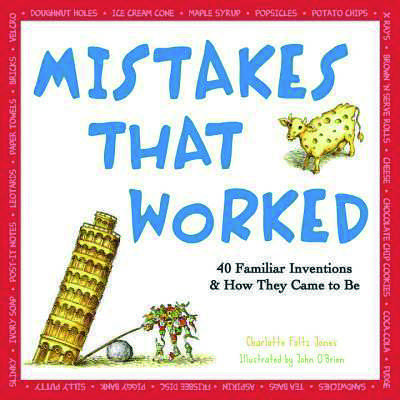
Mistakes That Worked by Charlotte Jones
Who knew that piggy banks, crisps, fudge and frisbees were invented by mistake?

